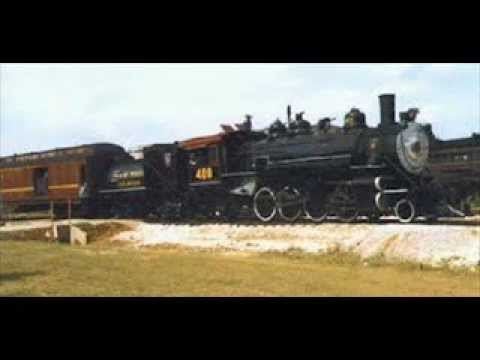Dates of operation 1917–1938 | ||
 | ||
Track gauge 4 ft 8 ⁄2 in (1,435 mm) standard gauge | ||
The Indian Valley Railroad (IV) was a shortline railroad that was constructed from the Engels Copper Mine to a connection with the Western Pacific Railroad at Paxton, in Plumas County, northeastern California.
Contents
- Construction
- Mining
- Locomotives and Rolling Stock
- Operations
- Traffic
- Trivia
- Route shown in Western Pacific 1931 Timetable 1
- References

Construction

The Western Pacific line was completed through Paxton in 1909. The IV was incorporated on June 30, 1916 and grading commenced a month later. The laying of 56 and 65 pound rails commenced in November 1916. On September 1, 1917 the 21.6 mile line was completed at a cost of $746,483.
Mining

The IV was constructed during a copper boom that ran from 1915-1930 in the area. At the north end of the Plumas Copper Belt was the Engels mine. The Engels mine was named after Henry A. Engels, who settled the area in the 1880s and began to mine copper. In 1901 the Engels Copper Mining Company was founded. In 1911 the company built a smelter at China Gulch but was soon prohibited by the U.S. Forest Service which had stewardship over the land that was within the Plumas National Forest. Prior to the IV, copper ore was hauled over road to Keddie where the ore was loaded into Western Pacific Railroad freight cars and transported to a smelter at Garfield, Utah.
When the IV opened in 1917, it began hauling passengers and copper ore daily from Lower Camp to the Western Pacific station at Paxton. A year later, the townsite of Engelmine, or Engel, was laid out and gridded near Lower Camp. The townsite peaked in the 1920s when it reached a population of 1,200 people.
In 1930 the Engels mine was closed due to the declining value of copper. However, the IV continued to operate to serve the town and residents until 1938, when the railroad and town were dismantled. The houses were moved to Greenville, Quincy and Portola and the last cabin was removed in the 1960s.
Locomotives and Rolling Stock
The standard gauge railroad had two locomotives, #1 and #2. The 2-8-0 (consolidation type) locomotives were built in 1891 & 1892 by Baldwin Locomotive Works for the Denver and Rio Grande Railroad. The locomotives (D&RG #661 and #668) were sold to IV in December 1916. The locomotives served the IV until the railroad ceased operations and were scrapped in December 1939. The railroad also had a passenger car and two freight cars.
Operations
While the IV was built primarily to serve the copper mine at Engels, it was also a common carrier. Alvin Fickewirth states that the IV was sold to the Western Pacific Railroad (WP) in 1921. A 1931 public timetable published by WP in 1931 listed the Indian Valley Railroad with two daily round trip trains. However, Donald B. Robertson's book states that the owner of the IV in 1931 was "California-Engels Mining Company". The railroad ceased operations as a common carrier on December 5, 1938. The line was scrapped and removed within two years.
Traffic
Trivia
Route (shown in Western Pacific 1931 Timetable) [1]
The old railroad right of way was paved over by a road, including portions of State Route 89 and Plumas County Road 213.
